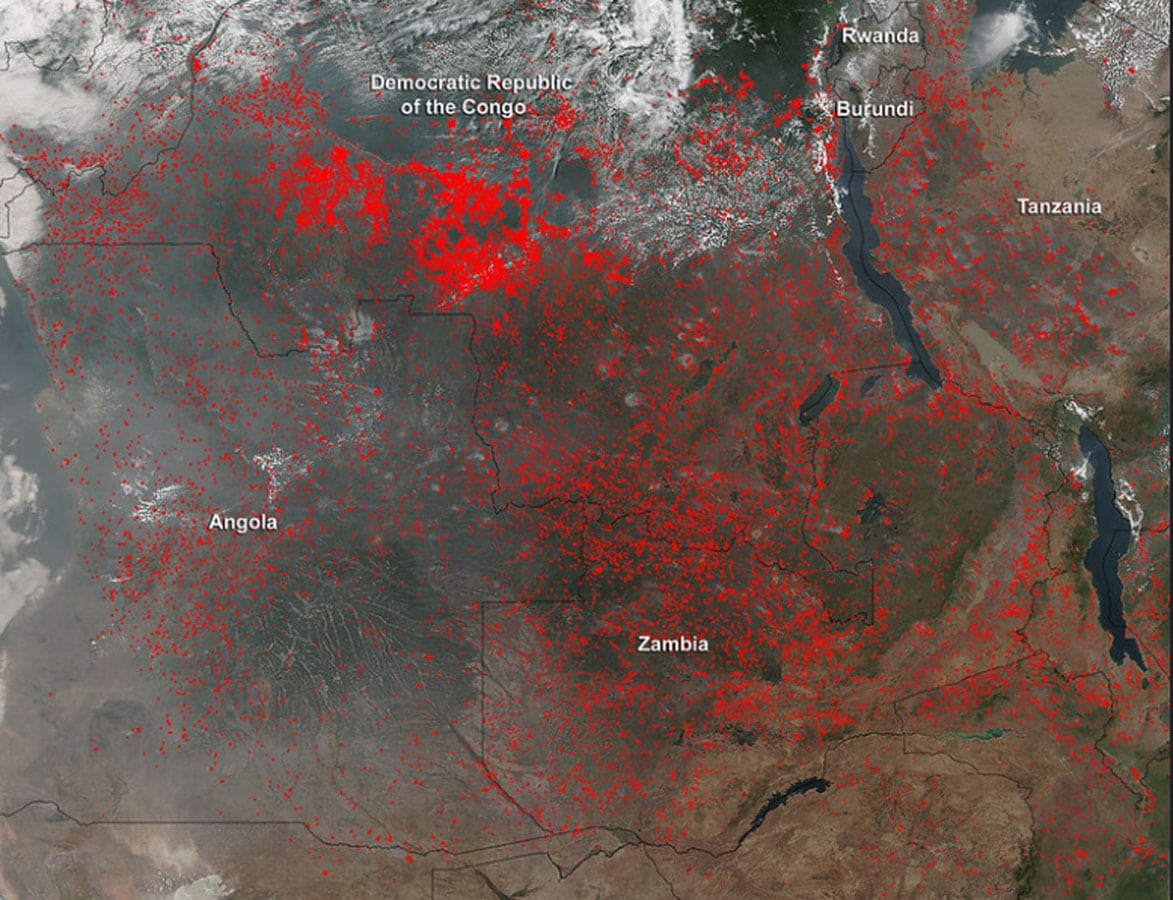With all of the other global issues competing for attention right now, it might be easy to overlook the current UN Environment Assembly, especially with delegates discussing many of the same topics for decades. But this year brings a new topic–the role of fire in food security.
Norway-based GRID-Arendal, in cooperation with the UN Environment Program, has issued a new report meant to highlight the growing risk of wildfires worldwide. The 100-page report paints a bleak picture: climate change is causing more frequent outbreaks of severe and uncontrollable wildfires in areas previously unaffected by them, and governments are spending far too little to prevent fires and build resiliency, particularly for smallholders in developing countries (https://www.unep.org/resources/report/spreading-wildfire-rising-threat-extraordinary-landscape-fires).
An emerging threat
The connections between agriculture and fire are complex, from intentionally burning forests to clear land for agriculture to reducing farmlands slowing the spread of wildfires. But the trend is one of increasing wildfire damage to agriculture, and the report projects a 50% increase in wildfire incidence by 2100–much more in some areas–unless dramatic measures are taken, including a steep reduction in greenhouse gas emissions. Barring that, farmers everywhere need to be ready, warned Glynis Humphrey, a researcher at the University of Cape Town in South Africa and one of the report’s authors.
“Fire impacts air, soil, and water, and it impacts…food provision and water provision,” Humphrey explained in a briefing. “It affects food systems. If a large fire wipes out crops, or it impacts on an urban area, it still impacts food resources.”
“If a large fire wipes out crops, or it impacts on an urban area, it still impacts food resources.”
Wildfire outbreaks are becoming more frequent in the Arctic, where very little food is grown, but they’re also hitting places with both rising populations and rising food demand. “India is showing a great deal of increased fire in recent years” hitting farming communities there, said co-author Andrew Sullivan of the Commonwealth Scientific and Industrial Research Organization in Australia. Developed world agriculture is facing the threat, as well. For instance, in 2020 the California State Assembly held a special hearing on “Impact of Wildfires on California Agriculture” to brainstorm ways to better protect the state’s livestock and farms. One witness described how her farm lost 40% of its avocado trees to a devastating wildfire in 2017.
Is it possible to breed fireproof crops? Not likely. But there are other ways to defend food from wildfires.
Searching for answers
At the hearing in Sacramento, speakers floated ideas to better protect farms and ranches against the threat, and these same concepts apply to smallholder agriculture as well. Proposals include targeted grazing to reduce fuel loads and building agricultural land firebreaks, for example. A 2016 study out of Brazil concluded that sustainable use reserves established near agricultural lands seem to promote better fire management, and thus help protect crops (https://journals.plos.org/plosone/article?id=10.1371/journal.pone.0149292).
Fire management will differ from one region to another–from developing alternatives to slash-and-burn cultivation in Africa to protecting farms in India from wildfires. But with climate change fire is an increasing global risk, and one that Grow Further will be keeping in mind as it sets long-term research priorities.
— Grow Further
Photo credit: Tracking fires in Central Africa in 2016. NASA Goddard Space Flight Center.




